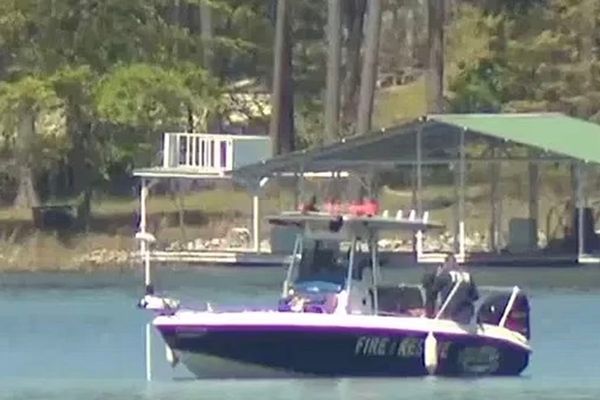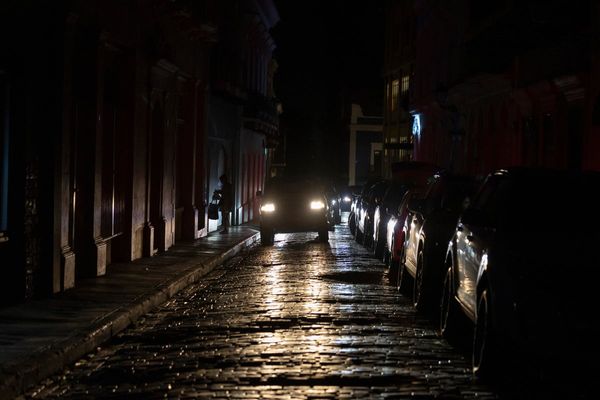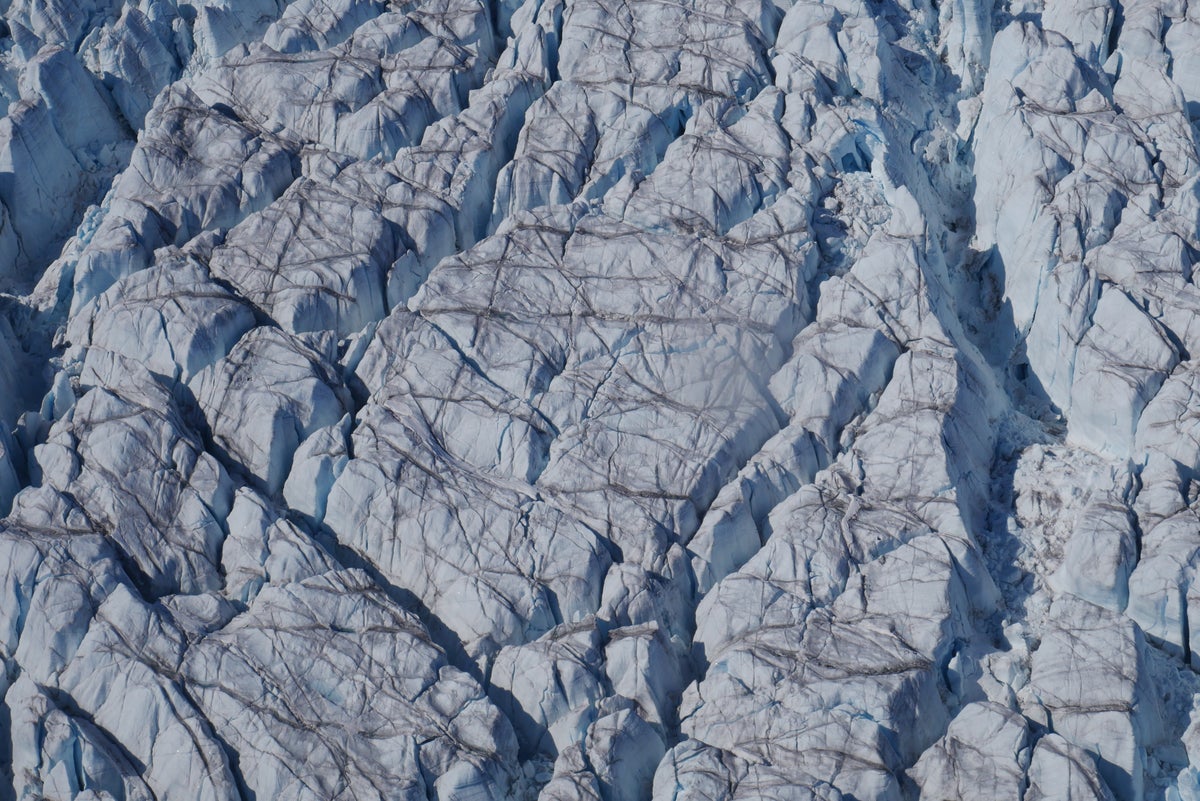
The world’s second largest body of ice – the Greenland Ice Sheet – is cracking open quicker than previously, scientists have warned.
Using 3-D maps of its surface, researchers have found crevasses have got significantly wider and deeper at the sheet’s fast-flowing edges between 2016 and 2021.
The loss of ice on Greenland has been behind a sea level rise of around 14mm since 1992, scientists have said.
If the entire Greenland Ice Sheet was to melt, sea levels could rise by seven metres, they said.
The study, published in the journal Nature Gioscience, will be used to improve models about the future behaviour of the Greenland Ice Sheet.
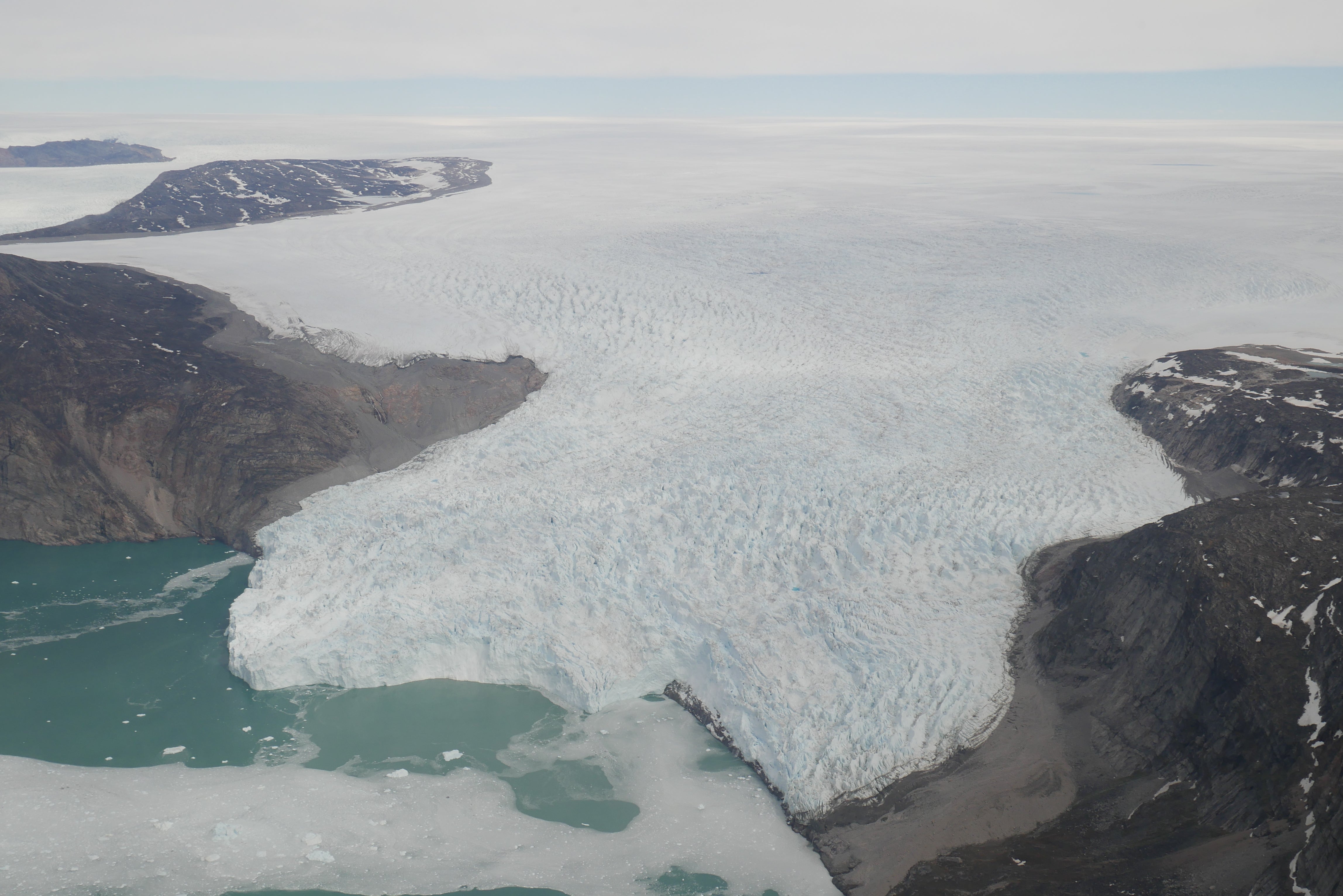
Study lead author Dr Tom Chudley, of Durham University’s Geography Department, said: “In a warming world, we would expect to see more crevasses forming.
“This is because glaciers are accelerating in response to warmer ocean temperatures, and because meltwater filling crevasses can force fractures deeper into the ice.
“However, until now we haven’t had the data to show where and how fast this is happening across the entirety of the Greenland Ice Sheet.
“For the first time, we are able to see significant increases in the size and depth of crevasses at fast-flowing glaciers at the edges of the Greenland Ice Sheet, on timescales of five years and less.
“With this dataset we can see that it’s not just that crevasse fields are extending into the ice sheet, as previously observed – instead, change is dominated by existing crevasse fields getting larger and deeper.”
The news comes after reports the world’s largest iceberg was on crash course with a remote British island, risking its inhabitants.
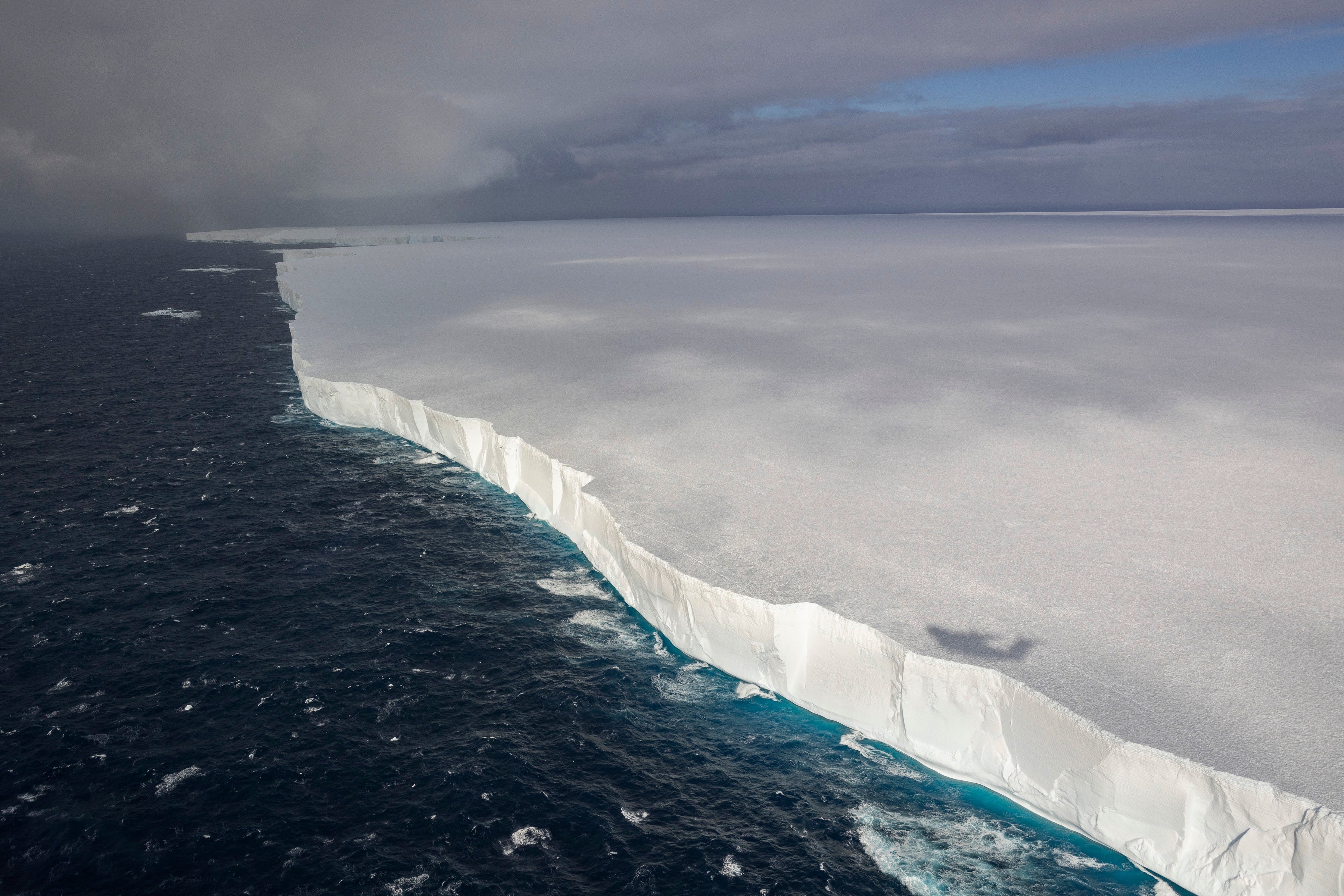
The floating giant, compared to Game of Thrones’ ice wall, stretches from horizon to horizon and is heading towards South Georgia Island, a remote Antarctic haven for millions of penguins and seals.
The behemoth, dubbed A23a, poses a potential threat to the island’s delicate ecosystem.
Scientists said are monitoring A23a closely, anticipating two possible scenarios: the iceberg could collide with South Georgia and become lodged, or ocean currents might divert it around the island.
If the trillion-ton slab of ice, called a megaberg, gets stuck it could make it hard for penguin parents to feed their babies and some young could even starve.

